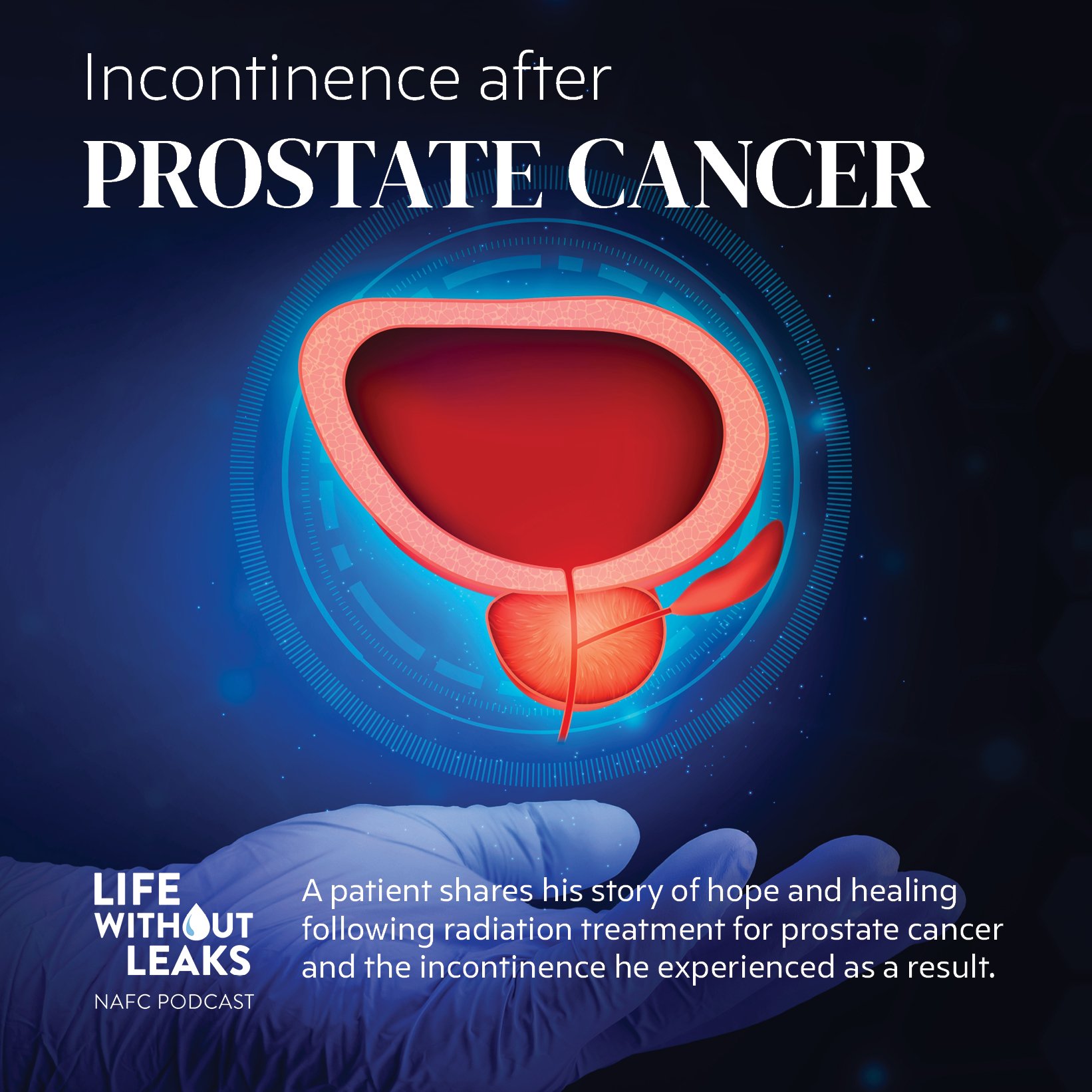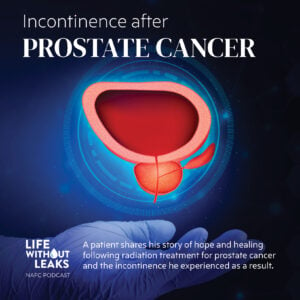The Most Common Symptoms of Prostate Cancer
Prostate cancer is the second most commonly diagnosed form of cancer among men in the United States. Early detection can make a huge difference in your overall health outcome, so it’s important to be aware of the early prostate cancer symptoms so you can receive a diagnosis and start treatment as soon as possible. While some men don’t experience any prostate cancer symptoms, there are some common signs that can suggest something is wrong. Common symptoms of prostate cancer include:
- Painful ejaculation or urination
- A weak urine stream
- Frequent urination
- Blood in the urine or semen
- Lower back pain
Each of these symptoms can indicate health problems other than prostate cancer, so it’s important to seek medical advice and uncover the cause of the issue. Let’s unpack each symptom so you know when it’s time to get a professional opinion.
Frequent Urination
People with prostate cancer may experience a frequent urge to urinate even when their bladder is not full. This symptom may be accompanied by other urinary issues, such as an inability to fully empty the bladder and increased nighttime urination (nocturia). This is often caused by an enlarged prostate pressing on the bladder, causing it to contract more frequently than normal.
Painful Ejaculation or Urination
Prostate cancer can cause pain during ejaculation or urination due to the blockage caused by cancer growth in the prostate gland. Pain may be felt in the lower abdomen or back during or after urination, and may be accompanied by a burning sensation. It’s important to note that painful urination can be a symptom of other conditions including urinary tract infections or prostatitis.
Weak Urine Stream
One of the most common prostate cancer symptoms is difficulty urinating, including a weak or interrupted stream. This is usually caused by an enlarged prostate pressing on the urethra and blocking the flow of urine.
Blood in Urine Or Semen
Another symptom of prostate cancer is blood in the urine or semen. This can add a red tinge to your urine and give your semen a pinkish color. Seeing blood in your urine or semen can indicate other conditions such as kidney stones, bladder infections or inflammation elsewhere in the male reproductive system. If you notice any blood in your urine or semen, it’s important to contact your doctor right away for further evaluation and testing.
Lower Back Pain
In more advanced cases, prostate cancer can cause pain in the lower back, hips and pelvis due to tumors pressing on tissues and organs in this area. Back pain can obviously have many causes, and prostate cancer is just one of the possibilities. If you are experiencing persistent back pain, it is always best to consult with a healthcare professional for proper diagnosis and treatment.
How Is Prostate Cancer Diagnosed?
A diagnosis of prostate cancer can be daunting, but early detection is key to successful treatment. The first step is usually a digital rectal exam, in which a doctor physically examines the prostate gland for any abnormalities. This is often followed by a prostate-specific antigen (PSA) blood test, which measures levels of a protein produced by the prostate gland. While a high PSA level doesn’t always mean cancer, it helps determine the next steps in diagnosis.
If prostate cancer is suspected, a biopsy may be necessary to confirm the diagnosis. It’s important for men to discuss their risk factors for prostate cancer with their healthcare providers and be proactive in their screening efforts.
Prostate Cancer Treatment
Prostate cancer treatment can vary depending on a variety of factors, including your age and the stage of cancer. Some of the most common prostate cancer treatments include surgery, radiation therapy and chemotherapy. In some cases, a combination of treatments may be used to effectively combat the cancer.
It can be a long road to recovery after prostate surgery, and many men experience post-operation incontinence. Pelvic floor exercises can help you regain bladder control after prostate surgery, and washable incontinence underwear can ensure you’re protected while you recover. Confitex’s Trunks with Everyday Plus Absorbency are a reliable and cost-effective option once you begin to regain bladder control after surgery. They are suitable for men who experience minor leaks throughout the day and can absorb at least 15 teaspoons of liquid.
Have more questions about prostate cancer? Head to the Confitex blog to read their Q&A with a prostate cancer expert and learn more. Prostate cancer recovery can be a challenging journey, but with Confitex For Men, leaks are one less thing you’ll need to worry about along the way.
The information provided in this article is for educational purposes only, and is not a substitute for professional medical advice. Every man’s circumstances are different, so consult your doctor for advice.
SPECIAL OFFER FOR NAFC READERS:
To give you the chance to try Confitex for Men or Just’nCase by Confitex washable incontinence underwear for yourself, we’re offering NAFC readers an exclusive 15% discount for NAFC readers.
To redeem your discount, visit confitex.com and enter the code NAFC2315 at checkout.








